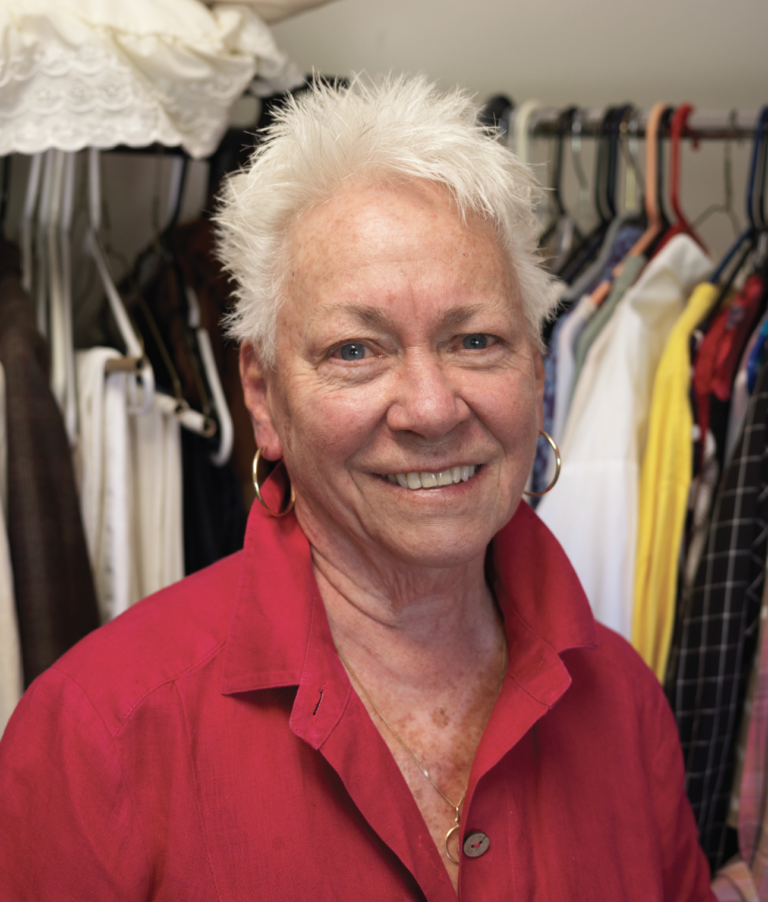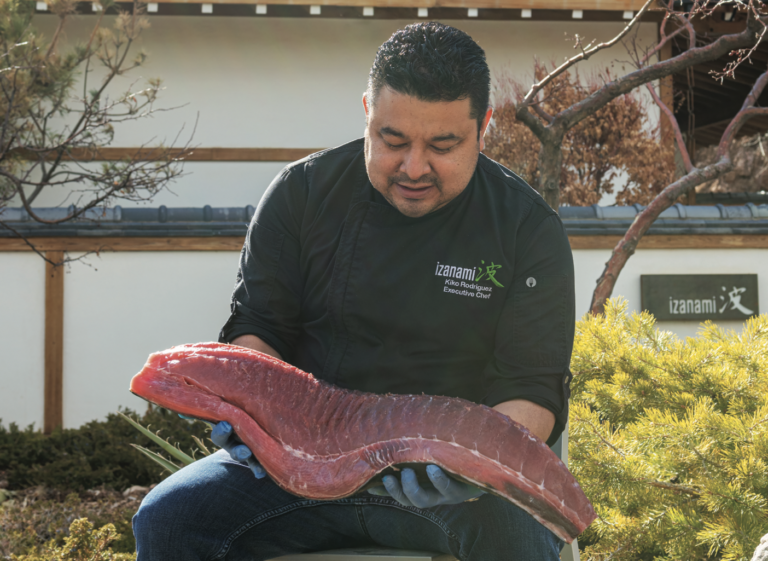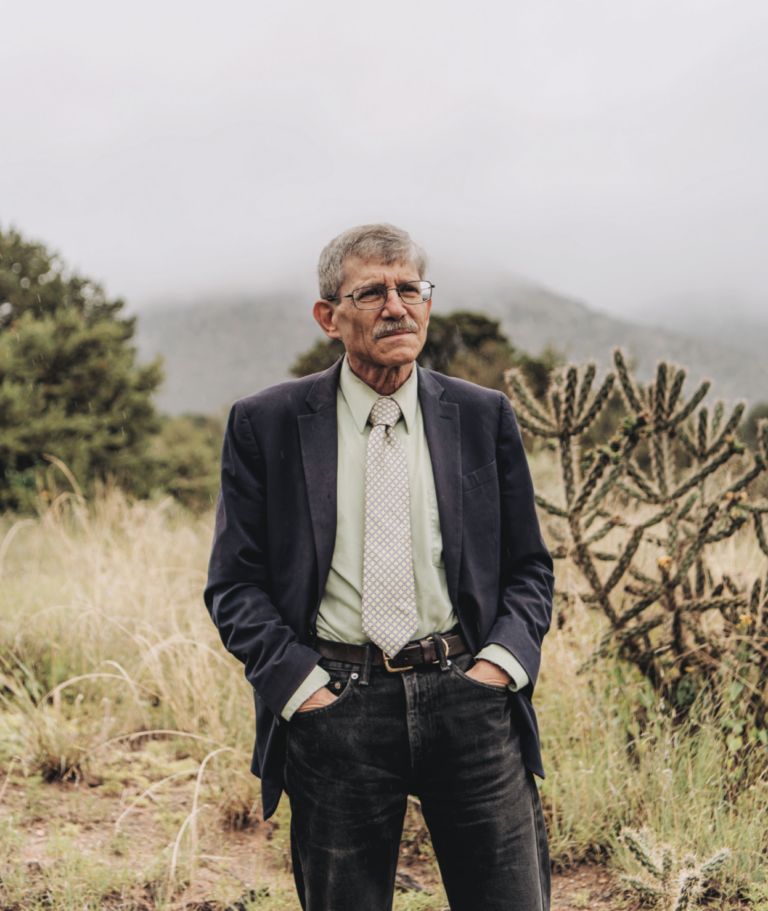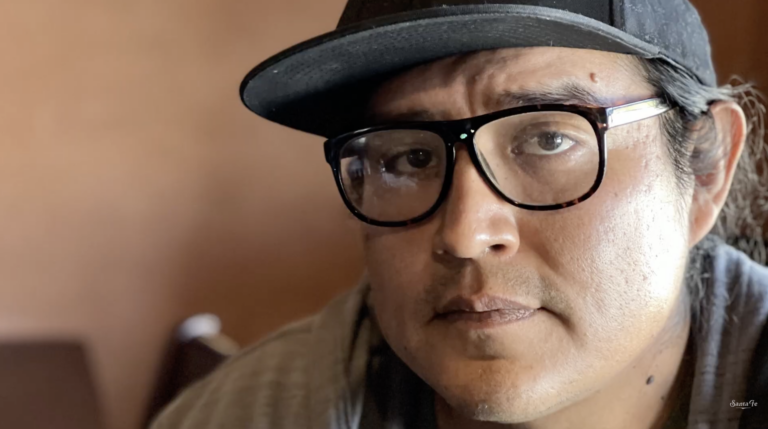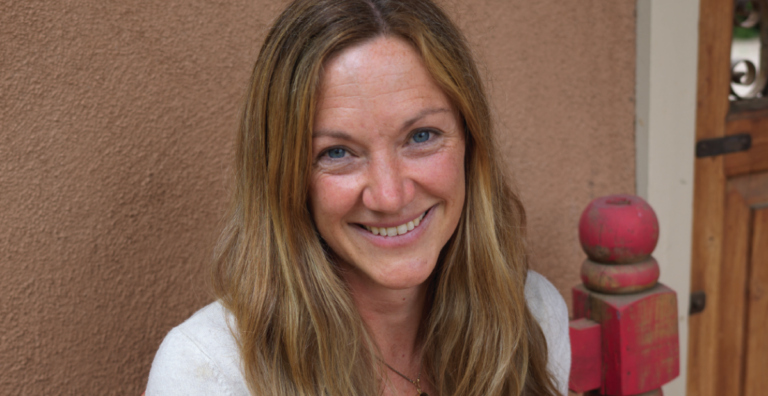IN TERMS OF HIS INTERESTS, Richard Blake is a Renaissance Man in the truest sense. Based in Renaissance humanism, the concept is that humans are limitless in their ability to learn and develop. Rich won’t refer to himself that way, of course, but he certainly has an interest in many areas of knowledge (physics, astrophysics, rocks, classic cars, philosophy…. the list goes on), and he feels society would benefit, as individuals and as a whole, from learning to think well.
How did you choose astrophysics?
I wanted to be a theoretical physicist. But I wound up at the Naval Research Laboratory right out of college, assigned as an astronomer. And my first assignment was to make an X-ray photograph of the sun. That made me an astrophysicist. I decided at that point, Well, it doesn’t have to be physics. I can do astrophysics.
How did you come here?
After my PhD I went to the University of Chicago, and I started an X-ray astronomy program there. Then I had an offer from Los Alamos and I decided to take it.
But I first came to New Mexico in 1959. I fell in love with the southwest. In 1963, I got married in Indiana and on the honeymoon we drove through Santa Fe and Los Alamos. I lived in Los Alamos from ‘74 until ‘86. In ‘86 I moved to Santa Fe.
Have you actually retired?
I took an early retirement and became a consultant. While I was at Brookhaven National Lab, for my stepson’s high school years, I set up what are called synchrotron beam lines, which were important to the Los Alamos weapons program. Their general science program and my interests in X-ray physics and X-ray astronomy all blended to work on these synchrotrons. I was up there for four years managing those synchrotron beamlines.
While I was there, I was approached by a scientist from Harvard. They wanted me to calibrate the mirrors on the Chandra X-ray Observatory. I had a lot of laboratory equipment ideally suited for the calibration of the mirrors and focal plane instruments, so we set up a program. We published a lot of the work that we did on the calibrations and then that database went into the Chandra science program and was used for analysis of all the data obtained. After the calibration program was finished, I retired again.
You loved what you were doing. Did that make it more play than work?
It was work. Fifteen hours a day for, what, 40 years? But yes, it was my passion. I wouldn’t say it was an intelligent passion. My stepson is much more intelligent. He manages to have a magnificent career, working 40 hours a week. He knows how to manage his time. Mine was a passion of intelligence. His is an intelligence of passion.
WANT TO READ MORE? SUBSCRIBE TO SANTA FE MAGAZINE HERE!
Photo SFM



